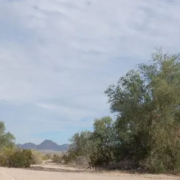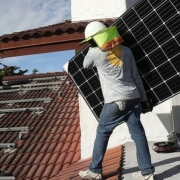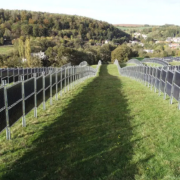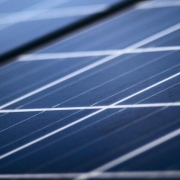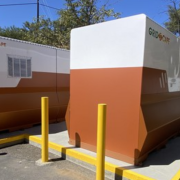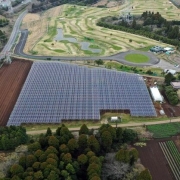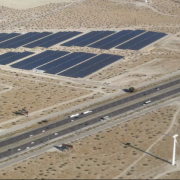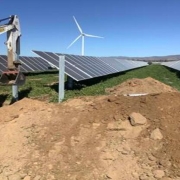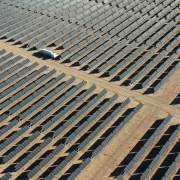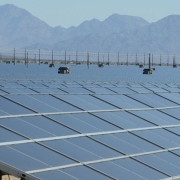The Bureau of Land Management is moving forward with renewable development in the desert this month, including issuing final construction approval for the Oberon solar project on about 2,600 acres near Interstate 10 in eastern Riverside County, and greenlighting a major transmission line from western Arizona to Blythe, California to help carry more power.
Both actions are part of a push by the Biden Administration to significantly ramp up renewables development in the southwest.
The BLM Palm Springs office on July 13 announced it had authorized a subsidiary of Intersect Power to build the 500 megawatt Oberon renewable energy project, enough to power approximately 146,000 homes and 200 megawatts of battery storage.
Click here to read the full article
Source: Desert Sun
—
If you have any questions or thoughts about the topic, feel free to contact us here or leave a comment below.

